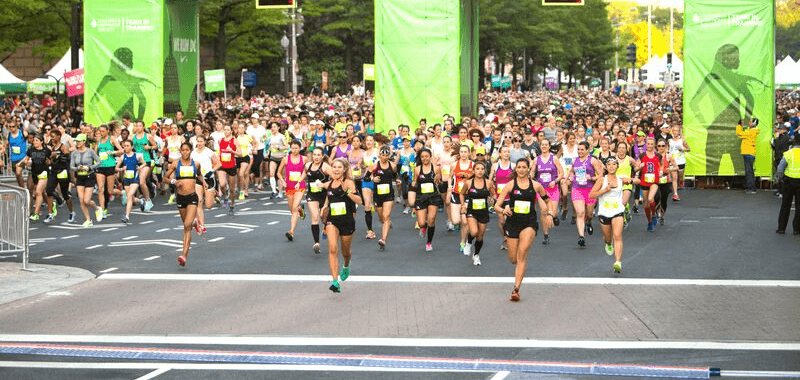Tabla de contenido
It is usual for a routine training session to end up dull. Running every day on the same street or park and doing the same sessions is a sure way to get bored and increase the risk of quitting running. Add variety to your training as a runner. This means trying out new routes and also training routines.
Speed games or fartlek
We want to talk specifically about a training session called “Speed Game” or “Fartlek.” The Swedish coach Gösta Holmer created it to make his athletes’ sessions more attractive, which made it very popular among runners.
The training consists of fast runs (let’s say at a pace equivalent to a 5 km and 10 km race), followed by recovery periods at a jog equivalent to a brisk pace or “easy run.”
What is the difference between track work and Fartlek?
The main difference is that Fartlek is less structured, and variety is the rule. It can be done anywhere, whether on the street, in a park, or on the beach. The more varied the setting, the better. Intervals are defined in terms of time, not distance over a given time, as established in traditional track work. For example, we discuss a 5-minute interval without referring to a specific distance.
The advantage of a running workout like this, apart from the psychological aspect of variety, is that it combines aerobic and anaerobic training due to the changes in pace with which it is composed. In this sense, we would benefit from other workouts such as hills, tempo, and track work (aerobic capacity, anaerobic threshold, etc.).
Fartlek training is a good opportunity for a beginner runner to get closer to speed work and for those who want to accumulate more kilometers. It is also excellent for team building.
How to perform a Fartlek workout?
A typical Fartlek workout begins with a 10-15 minute warm-up (necessary for any speed workout) and ends with a 10-minute cool-down. In between, the actual workout can consist of sets of at least 30-60 seconds and up to a maximum of 10-12 minutes.
Each of these sets will be accompanied by recovery periods equivalent to half the distance covered in the race and up to 100% of this distance, depending on the runner’s level.
For example, if a 4-minute interval was performed and the distance covered was one kilometer, the recovery would be between 500 and 1000 meters. It is important to remember that the distances are for reference purposes only and are not a rigid structure for this training.
Looking for a plan that trains with you, not against you?
At running.COACH, we don’t just build a schedule. We create a smart, living plan that evolves with you. It understands your level, your race goals and your real life. Whether you sync your GPS watch or train straight from our iOS or Android app, your plan adjusts automatically as you improve.
From day one, you’ll feel the difference:
- A fully personalized, dynamic plan designed for you.
- Automatic sync and effortless workout tracking.
- Real-time updates when life happens, including missed sessions, new races or schedule changes.
- Simple, science-backed guidance to train smarter and recover faster.
🎁 Start today and enjoy your first 30 days free.
Because the best training plan isn’t one you follow. It’s one that follows you.app.











0 Comments